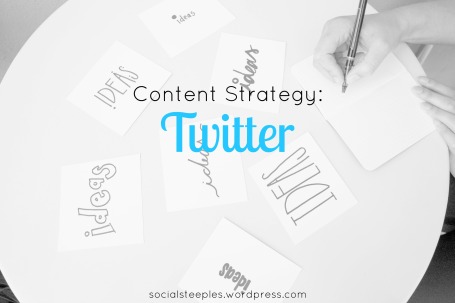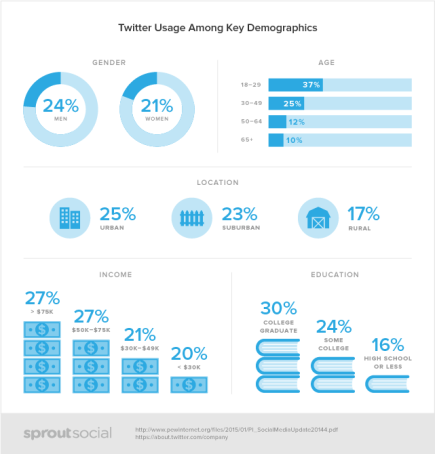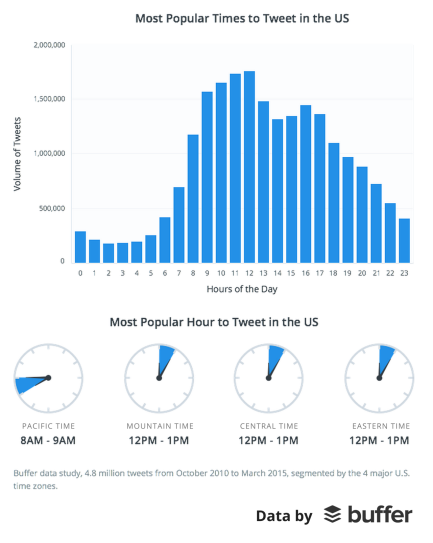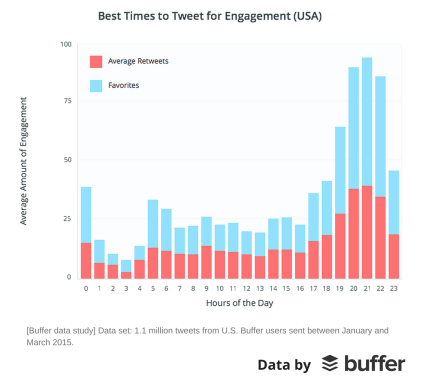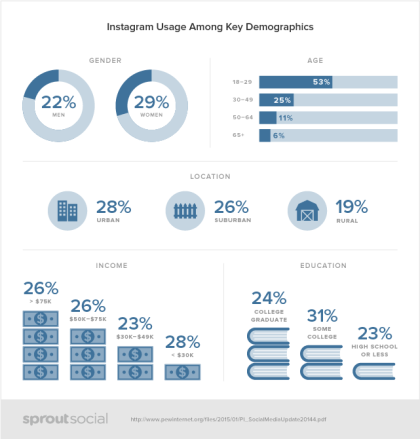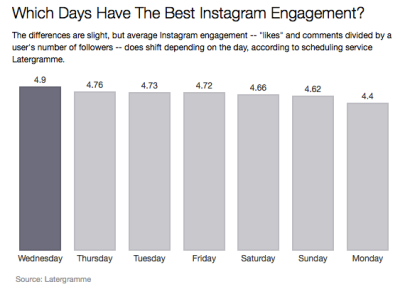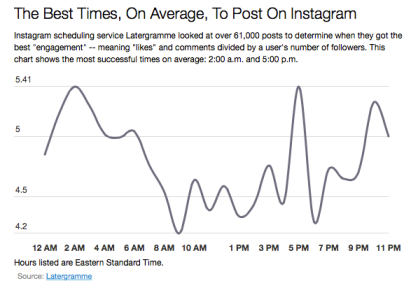 I met Katie Vogel last year when I started to hear God calling me to vocational ministry. Since day one of knowing Katie I’ve truly admired her wisdom and heart for ministry, as well as her spiritual walk.
I met Katie Vogel last year when I started to hear God calling me to vocational ministry. Since day one of knowing Katie I’ve truly admired her wisdom and heart for ministry, as well as her spiritual walk.
Today I’m so excited to share her words on my website. I had the opportunity to meet with Katie on a beautiful Thursday afternoon at Church of the Highlands Grants Mill campus. In this interview, I was able to ask about her personal experiences with social media, her audience’s experiences, and her hopes for the church’s social media in the future.
What would people be surprised about what you do?
People don’t think that social media is time intensive. Sometimes people ask me how I fit social media into 40 hours/week. There’s a lot more that goes into it than what meets the eye, so I think people would be surprised to see how much work it is to keep up with engagement and to have a strong presence. It takes a lot of intentionality and the person behind the platform being present in order for the church to have a strong presence on social media.
What surprised you most about your job?
I was worried that I would get disconnected from people because [doing social media] you’re staring at a computer screen instead of doing ministry face-to-face, but I find myself burdened for their prayer requests and praying for them personally. I am grateful for not losing the sensitivity to people.
Also, like I said before, the time intensity and how long this job takes was surprising, as well as what can happen when you neglect it for even a day. Things can spiral out of control really fast, so you want to take really good care of your platforms.
How do you see God working through social media at Highlands?
 “Sharing” on social media is a huge part of what God’s doing at Church of the Highlands. We have tens of thousands of users sharing stories every month, so the Gospel message being spread is what’s happening on our social media. Also, on the home front, there’s just people being encouraged and faiths being grown and testimonies being shared that spur on people’s faith. You’ll see somebody have a prayer request and another user jump on and say, “I’m standing with you and believing with you for an answer in this.” I think it builds an atmosphere of unity and encouragement.
“Sharing” on social media is a huge part of what God’s doing at Church of the Highlands. We have tens of thousands of users sharing stories every month, so the Gospel message being spread is what’s happening on our social media. Also, on the home front, there’s just people being encouraged and faiths being grown and testimonies being shared that spur on people’s faith. You’ll see somebody have a prayer request and another user jump on and say, “I’m standing with you and believing with you for an answer in this.” I think it builds an atmosphere of unity and encouragement.
How has your job helped you grow in your spiritual walk?
It’s challenged me to not be defensive and to remember that the negative people are people. They’re not just trolls, they’ve most likely been hurt by something. The Lord has challenged me to actively love all people, not just the ones that are friendly and who are ministering on the page as well. He’s working on me in that recently. I’ve realized that the negativity is most likely birthed out of a place of pain unless they truly are just there to be a troll. Often times people will lash out of a place of pain. I’ve learned that if I’m just ignoring them and deleting them and not engaging them, I’m not doing my part.
How do you envision this part of your ministry growing and changing in the next few years?
Right now it’s just one person, and I see it becoming more of a team approach. I see us teaching the voice with which we speak and having people be able to post and like and respond more than just me. Who knows what we can do? We’re just really open to whatever the Lord wants to do.
I only get overwhelmed during big events. The rest of the time, I feel like I have enough time to do what I want to do in terms of keeping the socials afloat. I don’t have that much time to think ahead, so I think having another person on our team and being able to divide and conquer would leave more time to brainstorm and to plan ahead for series and things like that. When it comes to ideas, I’m the one that’s thinking and doing, but if I ran an idea by you, you would be able to add to it and make it that much better. I’m hoping the team will grow because we’ll be able to do more.
What is the most challenging part of your job?
Staying fresh and having new ideas is the hardest part of my job. I think it’s easy to get yourself in a rut with social media. You find something that works and you just always do that. Finding ways to break the mold and do something new and different is a challenge, but it’s definitely not impossible. When you have a lot to do and you need to keep things going, it’s easy to choose four kinds of posts that really rock and stick with those. That’s where I found myself even a few weeks ago, so I met with creative people all throughout the church. We sat down and said, “the sky is the limit with ideas, let’s just do this” and we were able to come up with some great behind-the-scenes ideas for Periscope and shake everything up a little bit and have more fun.
What is the most rewarding?
What’s awesome about social media “marketing” in the church is that we have the opportunity to encourage people all day long. That is such a rare job and it’s amazing that someone would pay me for this. I get to pray for people and encourage them and make them laugh and inspire them and that is the coolest thing to me. It’s really rewarding to sit down and encourage people who are reaching out, perhaps because they have no other outlet.
How do you receive feedback from your community?
We use Sprout S ocial to receive it. We can see how our posts did through the reports section. I read everything that ever gets posted on our pages and Sprout helps me do that. I love seeing our people respond, and it definitely motivates me to create posts that draw out more response. The people of Highlands love to rally around a good cause, so it’s really fun to be apart of that and see what inspires and moves them.
ocial to receive it. We can see how our posts did through the reports section. I read everything that ever gets posted on our pages and Sprout helps me do that. I love seeing our people respond, and it definitely motivates me to create posts that draw out more response. The people of Highlands love to rally around a good cause, so it’s really fun to be apart of that and see what inspires and moves them.
What common mistakes have you seen in ministry marketing?
I think people still assume that we are living in a billboard world – a world that is receptive to the kind of messages you see on billboards – but the world is looking for a social aspect to all marketing and otherwise they’re turning their brains off. If you’re not adding a social aspect to your social media and you’re just allowing it to be a billboard – a place where you post a graphic and just leave it there – then no one cares and no one wants to engage with you. I think that’s what most church social media is missing. People connect with people. They want Instagram photos to be windows to a world that they can look into and be apart of and interact with. Too often, things become way heavy on the graphics side and it’s not creating a window into any environment or any person’s life. It keeps everyone at surface level and tells the happenings of the church, which you would know if you drove by the building and saw it on the sign outside.
What are your thoughts about Periscope? (i.e. has it been influential for your ministry and, if so, how?)
We are just getting started with Periscope and are realizing more and more that people love behind-the-scenes stuff. Periscope is something you have to be careful with, especially with church, because everything truly is live and anything can happen. It’s important to know the environment in which you are scoping and being aware that anyone could come by and say anything and it’s live and it’s heard. It’s important that you have a good bearing on what’s going on around you. You have your location services on because that’s how you get the most interaction and people in your area are watching, but they might not know Jesus. You’re totally making yourself vulnerable to people that hate God. In that comes the responsibility of being a very on-top-of-it social media manager and blocking people immediately. You have to have that conversation with your leadership and see if it’s a risk you’re willing to take.
I think Periscope is the ultimate social media because it’s livestream. How much more social can you get? If we can find a way to do it well and we aren’t afraid of having to be careful, we can do something with it.
I think it’s more interesting to people on the inside of the organization than on the outside. That’s one of the reasons that the behind-the-scenes aspect works so well; it’s your home team that’s watching. It’s more taking care of your home community than the outside on Periscope. Highlands loves seeing our team livestream and it makes them feel apart of it, which they are. Including them in those moments is a lot of fun.



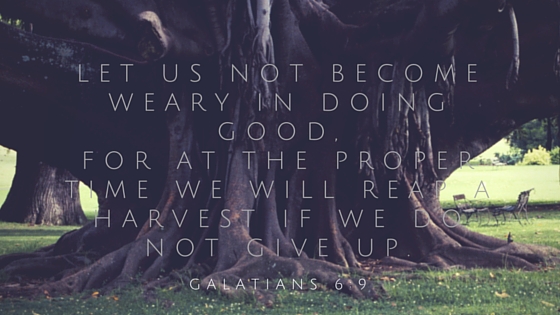
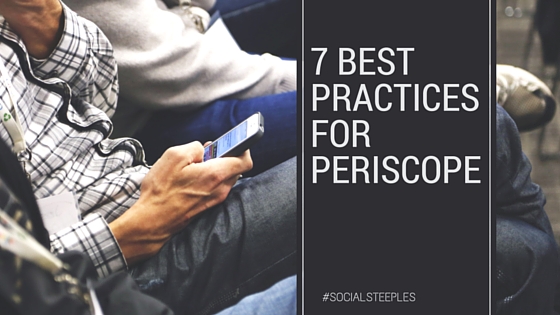


 I thought it would be (for clients and for me personally) very much a megaphone industry – that it would just be me telling people about what we’re doing and what we’re selling or when our events are and what have you – but what I found is that social media is very relationship driven. You really meet people that will go to the mat for your company in a way that very much surprised me. I’m always amazed that, when you ask people to support you, they will do it in such amazing ways. They will offer up their Facebook statuses for you as a company and that is beyond valuable. It’s more valuable than any video I could edit or collage I could curate of our product. I’ve spent a lot more time engaging with people than I thought I would. I thought I would just be writing and copying all the time and creating content when it’s really about how I engage with customers or attenders or members.
I thought it would be (for clients and for me personally) very much a megaphone industry – that it would just be me telling people about what we’re doing and what we’re selling or when our events are and what have you – but what I found is that social media is very relationship driven. You really meet people that will go to the mat for your company in a way that very much surprised me. I’m always amazed that, when you ask people to support you, they will do it in such amazing ways. They will offer up their Facebook statuses for you as a company and that is beyond valuable. It’s more valuable than any video I could edit or collage I could curate of our product. I’ve spent a lot more time engaging with people than I thought I would. I thought I would just be writing and copying all the time and creating content when it’s really about how I engage with customers or attenders or members. I met Katie Vogel
I met Katie Vogel  “Sharing” on social media is a huge part of what God’s doing at Church of the Highlands. We have tens of thousands of users sharing stories every month, so the Gospel message being spread is what’s happening on our social media. Also, on the home front, there’s just people being encouraged and faiths being grown and testimonies being shared that spur on people’s faith. You’ll see somebody have a prayer request and another user jump on and say, “I’m standing with you and believing with you for an answer in this.” I think it builds an atmosphere of unity and encouragement.
“Sharing” on social media is a huge part of what God’s doing at Church of the Highlands. We have tens of thousands of users sharing stories every month, so the Gospel message being spread is what’s happening on our social media. Also, on the home front, there’s just people being encouraged and faiths being grown and testimonies being shared that spur on people’s faith. You’ll see somebody have a prayer request and another user jump on and say, “I’m standing with you and believing with you for an answer in this.” I think it builds an atmosphere of unity and encouragement. ocial to receive it. We can see how our posts did through the reports section. I read everything that ever gets posted on our pages and Sprout helps me do that. I love seeing our people respond, and it definitely motivates me to create posts that draw out more response. The people of Highlands love to rally around a good cause, so it’s really fun to be apart of that and see what inspires and moves them.
ocial to receive it. We can see how our posts did through the reports section. I read everything that ever gets posted on our pages and Sprout helps me do that. I love seeing our people respond, and it definitely motivates me to create posts that draw out more response. The people of Highlands love to rally around a good cause, so it’s really fun to be apart of that and see what inspires and moves them.
